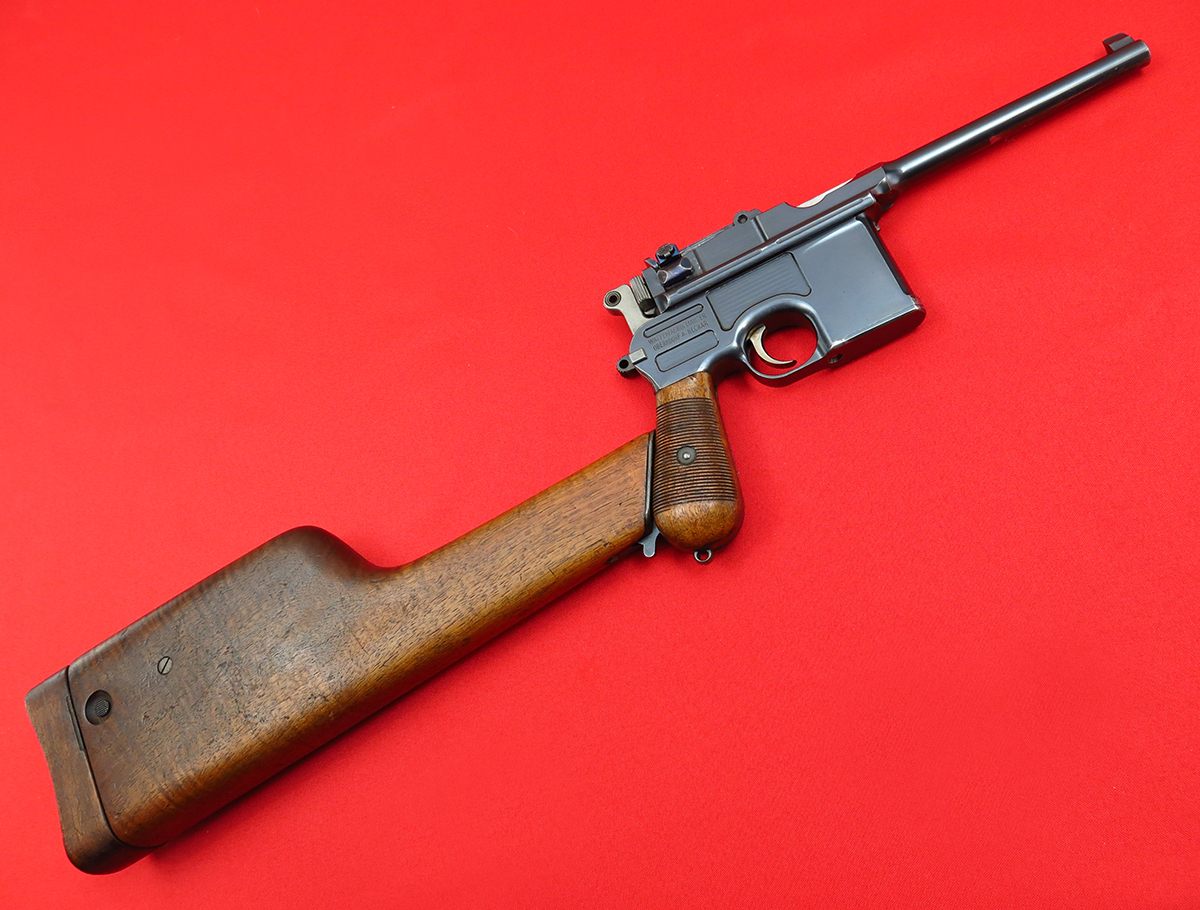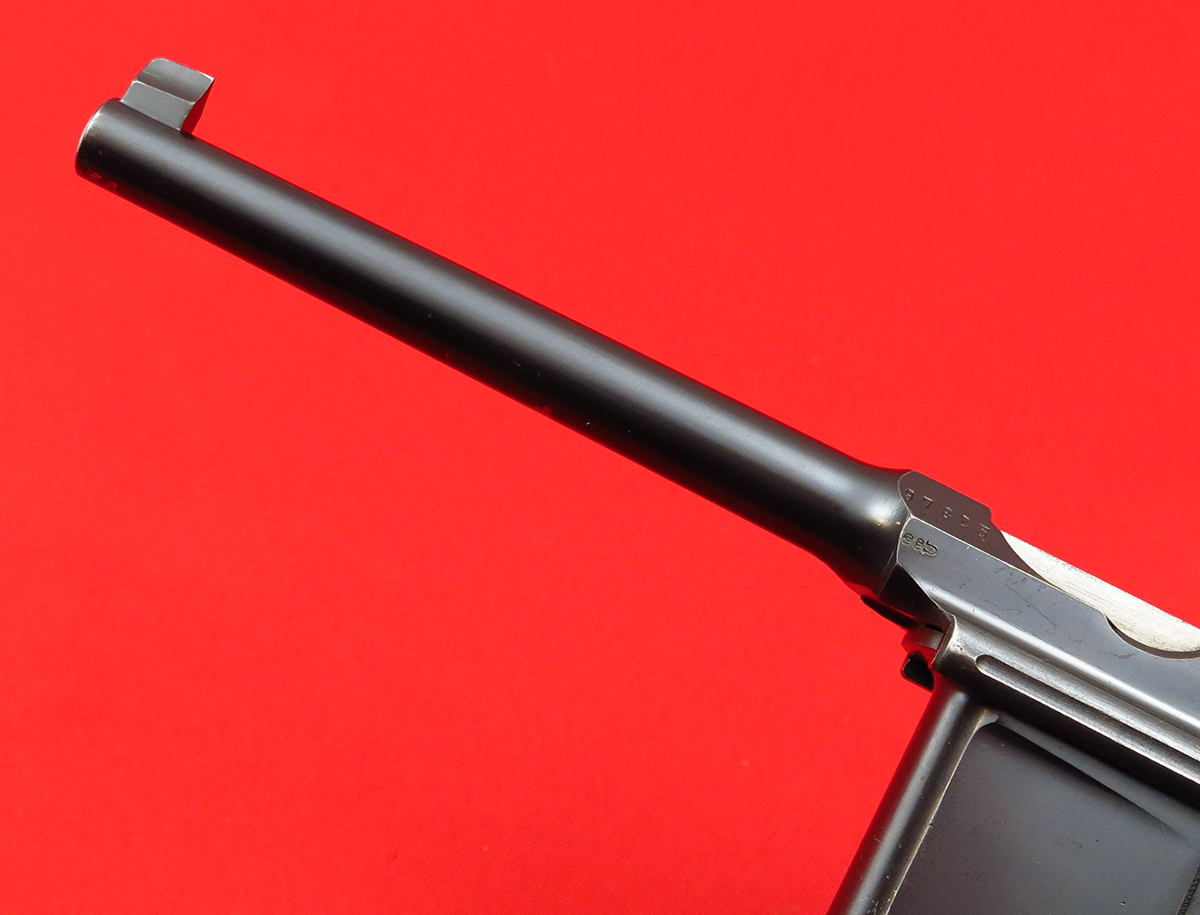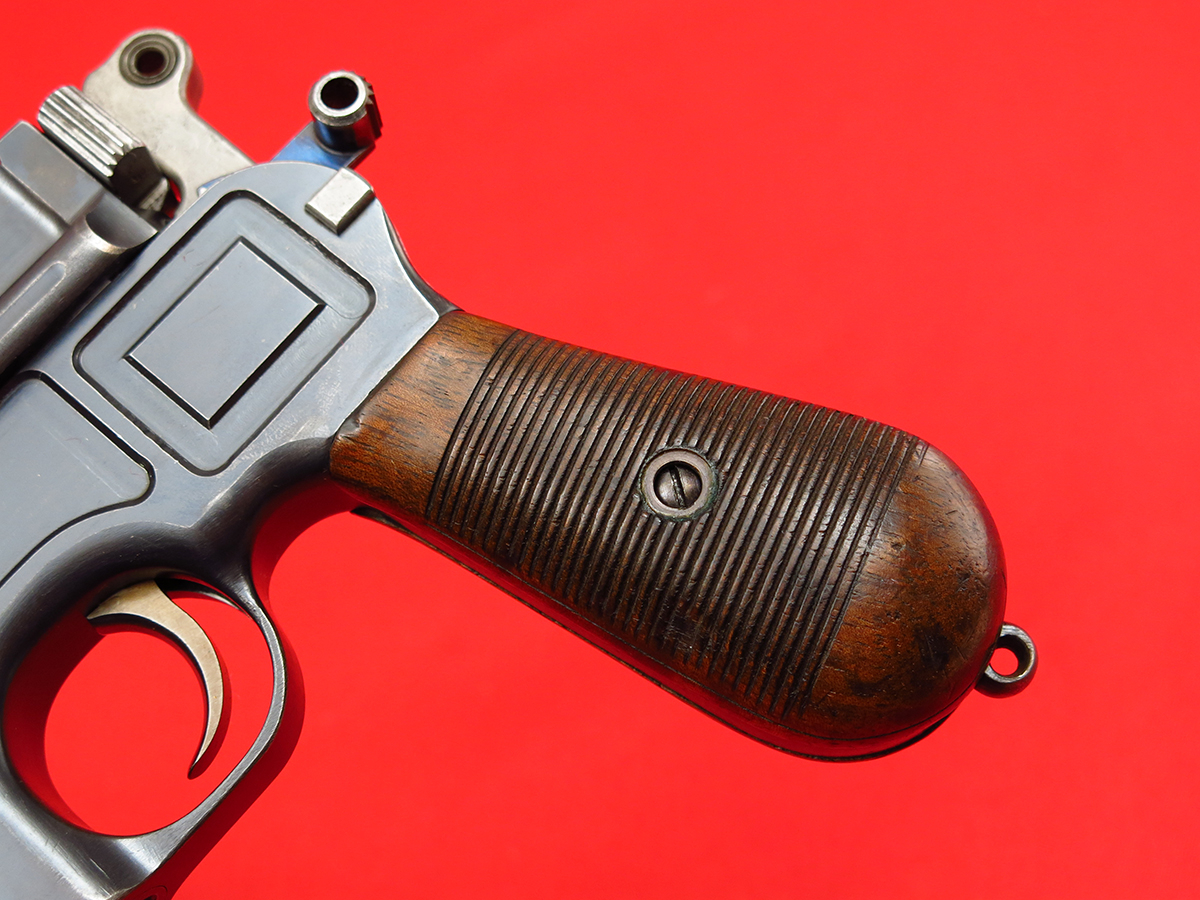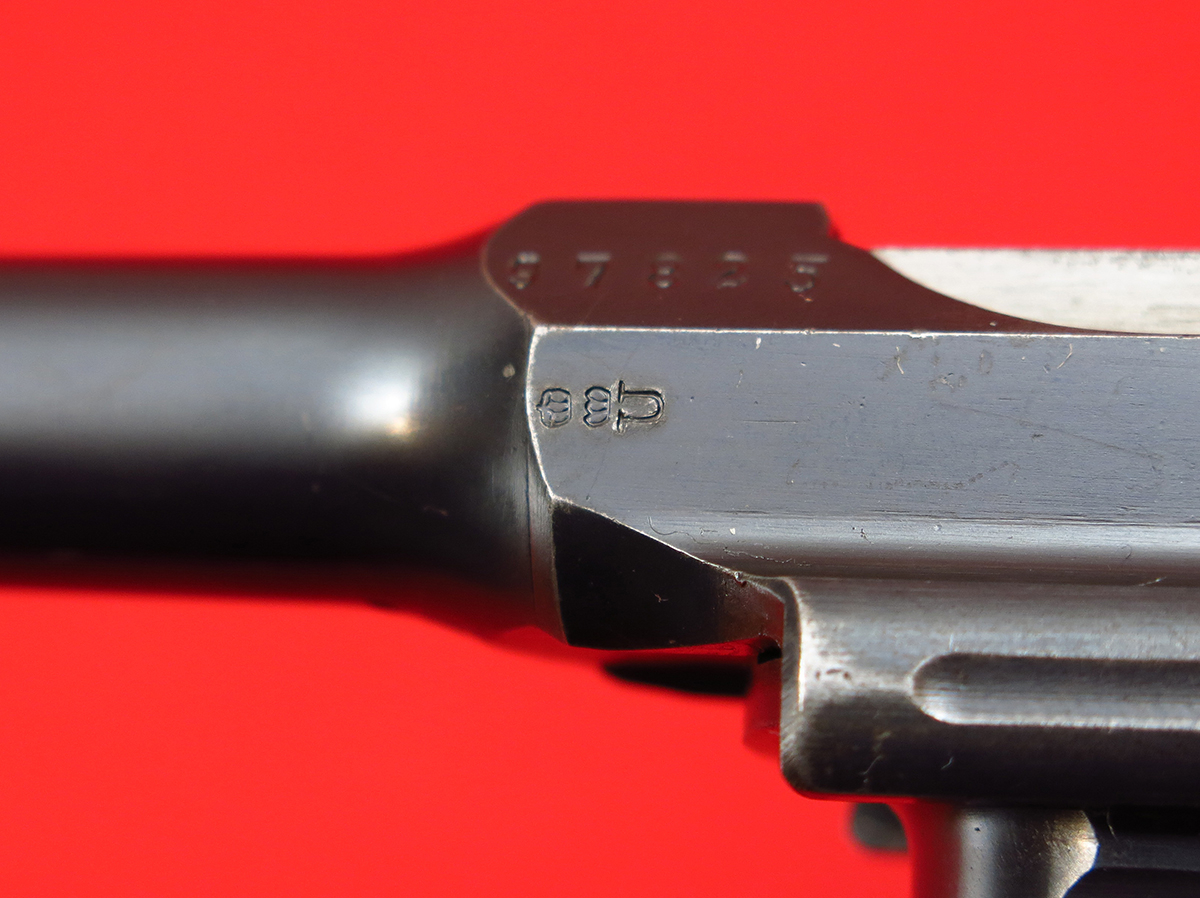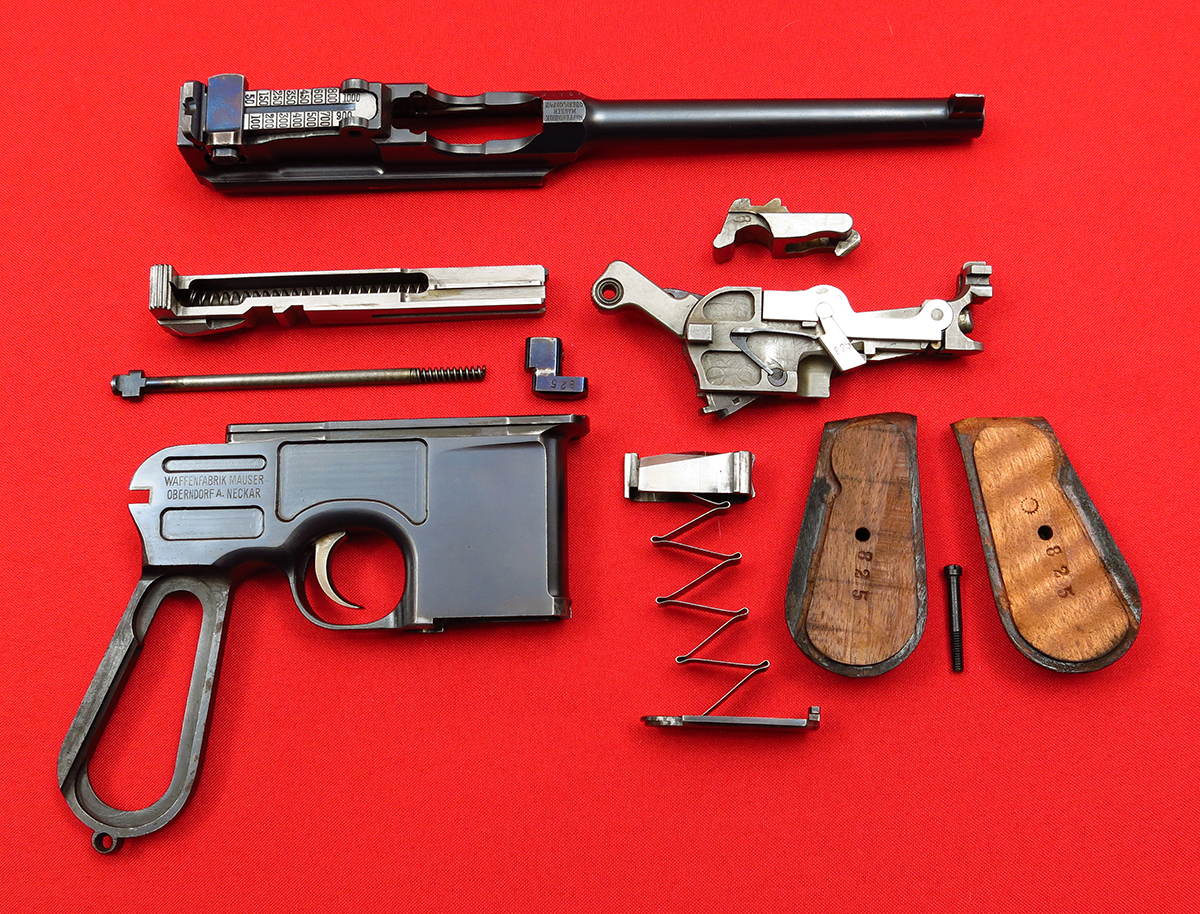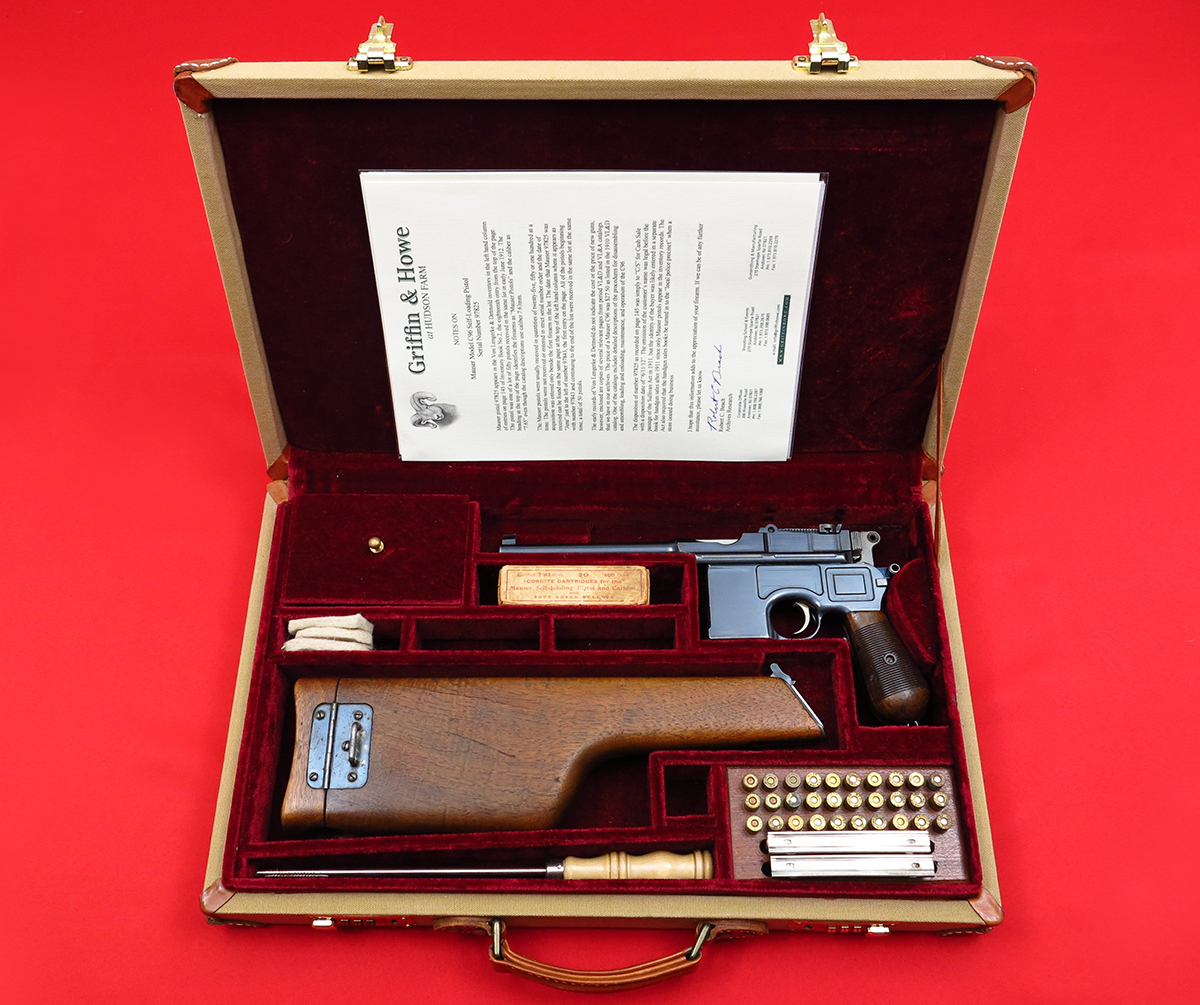Americanism
Four centuries and a quarter have gone by since Columbus by discovering America opened the greatest era in world history. Four centuries have passed since the Spaniards began that colonization on the main land which has resulted in the growth of the nations of Latin-America. Three centuries have passed since, with the settlements on the coasts of Virginia and Massachusetts, the real history of what is now the United States began. All this we ultimately owe to the action of an Italian seaman in the service of a Spanish King and a Spanish Queen. It is eminently fitting that one of the largest and most influential social organizations of this great Republic,—a Republic in which the tongue is English, and the blood derived from many sources should, in its name commemorate the great Italian. It is eminently fitting to make an address on Americanism before this society.
DEMOCRATIC PRINCIPLES.
We of the United States need above all things to remember that, while we are by blood and culture kin to each of the nations of Europe, we are also separate from each of them. We are a new and distinct nationality. We are developing our own distinctive culture and civilization, and the worth of this civilization will largely depend upon our determination to keep it distinctively our own. Our sons and daughters should be educated here and not abroad. We should freely take from every other nation[2] whatever we can make of use, but we should adopt and develop to our own peculiar needs what we thus take, and never be content merely to copy.
Our nation was founded to perpetuate democratic principles. These principles are that each man is to be treated on his worth as a man without regard to the land from which his forefathers came and without regard to the creed which he professes. If the United States proves false to these principles of civil and religious liberty, it will have inflicted the greatest blow on the system of free popular government that has ever been inflicted. Here we have had a virgin continent on which to try the experiment of making out of divers race stocks a new nation and of treating all the citizens of that nation in such a fashion as to preserve them equality of opportunity in industrial, civil and political life. Our duty is to secure each man against any injustice by his fellows.
RELIGIOUS FREEDOM.
One of the most important things to secure for him is the right to hold and to express the religious views that best meet his own soul needs. Any political movement directed against any body of our fellow citizens because of their religious creed is a grave offense against American principles and American institutions. It is a wicked thing either to support or to oppose a man because of the creed he professes. This applies to Jew and Gentile, to Catholic and Protestant, and to the man who would be regarded as unorthodox by all of them alike. Political movements directed against men because of their religious belief, and intended to prevent men of that creed from[3] holding office, have never accomplished anything but harm. This was true in the days of the “Know-Nothing” and Native-American parties in the middle of the last century; and it is just as true today. Such a movement directly contravenes the spirit of the Constitution itself. Washington and his associates believed that it was essential to the existence of this Republic that there should never be any union of Church and State; and such union is partially accomplished wherever a given creed is aided by the State or when any public servant is elected or defeated because of his creed. The Constitution explicitly forbids the requiring of any religious test as a qualification for holding office. To impose such a test by popular vote is as bad as to impose it by law. To vote either for or against a man because of his creed is to impose upon him a religious test and is a clear violation of the spirit of the Constitution.
Moreover, it is well to remember that these movements never achieve the end they nominally have in view. They do nothing whatsoever except to increase among the men of the various churches the spirit of sectarian intolerance which is base and unlovely in any civilization but which is utterly revolting among a free people that profess the principles we profess. No such movement can ever permanently succeed here. All that it does is for a decade or so to greatly increase the spirit of theological animosity, both among the people to whom it appeals and among the people whom it assails. Furthermore, it has in the past invariably resulted, in so far as it was successful at all, in putting unworthy men into office; for there is nothing that a man[4] of loose principles and of evil practices in public life so desires as the chance to distract attention from his own shortcomings and misdeeds by exciting and inflaming theological and sectarian prejudice.
We must recognize that it is a cardinal sin against democracy to support a man for public office because he belongs to a given creed or to oppose him because he belongs to a given creed. It is just as evil as to draw the line between class and class, between occupation and occupation in political life. No man who tries to draw either line is a good American. True Americanism demands that we judge each man on his conduct, that we so judge him in private life and that we so judge him in public life. The line of cleavage drawn on principle and conduct in public affairs is never in any healthy community identical with the line of cleavage between creed and creed or between class and class. On the contrary, where the community life is healthy, these lines of cleavage almost always run nearly at right angles to one another. It is eminently necessary to all of us that we should have able and honest public officials in the nation, in the city, in the state. If we make a serious and resolute effort to get such officials of the right kind, men who shall not only be honest but shall be able and shall take the right view of public questions, we will find as a matter of fact that the men we thus choose will be drawn from the professors of every creed and from among men who do not adhere to any creed.
For thirty-five years I have been more or less actively engaged in public life, in the performance of my political duties, now in a public position, now in a private position.[5] I have fought with all the fervor I possessed for the various causes in which with all my heart I believed; and in every fight I thus made I have had with me and against me Catholics, Protestants and Jews. There have been times when I have had to make the fight for or against some man of each creed on grounds of plain public morality, unconnected with questions of public policy. There were other times when I have made such a fight for or against a given man, not on grounds of public morality, for he may have been morally a good man, but on account of his attitude on questions of public policy, of governmental principle. In both cases, I have always found myself fighting beside, and fighting against men of every creed. The one sure way to have secured the defeat of every good principle worth fighting for would have been to have permitted the fight to be changed into one along sectarian lines and inspired by the spirit of sectarian bitterness, either for the purpose of putting into public life or of keeping out of public life the believers in any given creed. Such conduct represents an assault upon Americanism. The man guilty of it is not a good American.
I hold that in this country there must be complete severance of Church and State; that public moneys shall not be used for the purpose of advancing any particular creed; and therefore that the public schools shall be non-sectarian. As a necessary corollary to this, not only the pupils but the members of the teaching force and the school officials of all kinds must be treated exactly on a par, no matter what their creed; and there must be no more discrimination against Jew or Catholic or Protestant than discrimination[6] in favor of Jew, Catholic or Protestant. Whoever makes such discrimination is an enemy of the public schools.
HYPHENATED AMERICANS.
What is true of creed is no less true of nationality. There is no room in this country for hyphenated Americanism. When I refer to hyphenated Americans, I do not refer to naturalized Americans. Some of the very best Americans I have ever known were naturalized Americans, Americans born abroad. But a hyphenated American is not an American at all. This is just as true of the man who puts “native” before the hyphen as of the man who puts German or Irish or English or French before the hyphen. Americanism is a matter of the spirit and of the soul. Our allegiance must be purely to the United States. We must unsparingly condemn any man who holds any other allegiance. But if he is heartily and singly loyal to this Republic, then no matter where he was born, he is just as good an American as anyone else.
The one absolutely certain way of bringing this nation to ruin, of preventing all possibility of its continuing to be a nation at all, would be to permit it to become a tangle of squabbling nationalities, an intricate knot of German-Americans, Irish-Americans, English-Americans, French-Americans, Scandinavian-Americans or Italian-Americans, each preserving its separate nationality, each at heart feeling more sympathy with Europeans of that nationality, than with the other citizens of the American Republic. The men who do not become Americans and nothing else are hyphenated Americans; and there ought to be[7] no room for them in this country. The man who calls himself an American citizen and who yet shows by his actions that he is primarily the citizen of a foreign land, plays a thoroughly mischievous part in the life of our body politic. He has no place here; and the sooner he returns to the land to which he feels his real heart-allegiance, the better it will be for every good American. There is no such thing as a hyphenated American who is a good American. The only man who is a good American is the man who is an American and nothing else.
I appeal to history. Among the generals of Washington in the Revolutionary War were Greene, Putnam and Lee, who were of English descent; Wayne and Sullivan, who were of Irish descent; Marion, who was of French descent; Schuyler, who was of Dutch descent, and Muhlenberg and Herkemer, who were of German descent. But they were all of them Americans and nothing else, just as much as Washington. Carroll of Carrollton was a Catholic; Hancock a Protestant; Jefferson was heterodox from the standpoint of any orthodox creed; but these and all the other signers of the Declaration of Independence stood on an equality of duty and right and liberty, as Americans and nothing else.
So it was in the Civil War. Farragut’s father was born in Spain and Sheridan’s father in Ireland; Sherman and Thomas were of English and Custer of German descent; and Grant came of a long line of American ancestors whose original home had been Scotland. But the Admiral was not a Spanish-American; and the Generals were not Scotch-Americans or Irish-Americans or English-Americans or German-Americans.[8] They were all Americans and nothing else. This was just as true of Lee and of Stonewall Jackson and of Beauregard.
When in 1909 our battlefleet returned from its voyage around the world, Admirals Wainwright and Schroeder represented the best traditions and the most effective action in our navy; one was of old American blood and of English descent; the other was the son of German immigrants. But one was not a native-American and the other a German-American. Each was an American pure and simple. Each bore allegiance only to the flag of the United States. Each would have been incapable of considering the interests of Germany or of England or of any other country except the United States.
To take charge of the most important work under my administration, the building of the Panama Canal, I chose General Goethals. Both of his parents were born in Holland. But he was just plain United States. He wasn’t a Dutch-American; if he had been I wouldn’t have appointed him. So it was with such men, among those who served under me, as Admiral Osterhaus and General Barry. The father of one was born in Germany, the father of the other in Ireland. But they were both Americans, pure and simple, and first rate fighting men in addition.
In my Cabinet at the time there were men of English and French, German, Irish and Dutch blood, men born on this side and men born in Germany and Scotland; but they were all Americans and nothing else; and every one of them was incapable of thinking of himself or of his fellow-countrymen,[9] excepting in terms of American citizenship. If any one of them had anything in the nature of a dual or divided allegiance in his soul, he never would have been appointed to serve under me, and he would have been instantly removed when the discovery was made. There wasn’t one of them who was capable of desiring that the policy of the United States should be shaped with reference to the interests of any foreign country or with consideration for anything, outside of the general welfare of humanity, save the honor and interest of the United States, and each was incapable of making any discrimination whatsoever among the citizens of the country he served, of our common country, save discrimination based on conduct and on conduct alone.
For an American citizen to vote as a German-American, an Irish-American or an English-American is to be a traitor to American institutions; and those hyphenated Americans who terrorize American politicians by threats of the foreign vote are engaged in treason to the American Republic.
PRINCIPLES OF AMERICANISM.
Now this is a declaration of principles. How are we in practical fashion to secure the making of these principles part of the very fiber of our national life? First and foremost let us all resolve that in this country hereafter we shall place far less emphasis upon the question of right and much greater emphasis upon the matter of duty. A republic can’t succeed and won’t succeed in the tremendous international stress of the modern world unless its citizens possess that[10] form of high-minded patriotism which consists in putting devotion to duty before the question of individual rights. This must be done in our family relations or the family will go to pieces; and no better tract for family life in this country can be imagined than the little story called “Mother,” written by an American woman, Kathleen Norris, who happens to be a member of your own church.
What is true of the family, the foundation stone of our national life, is not less true of the entire superstructure. I am, as you know, a most ardent believer in national preparedness against war as a means of securing that honorable and self-respecting peace which is the only peace desired by all high-spirited people. But it is an absolute impossibility to secure such preparedness in full and proper form if it is an isolated feature of our policy. The lamentable fate of Belgium has shown that no justice in legislation or success in business will be of the slightest avail if the nation has not prepared in advance the strength to protect its rights. But it is equally true that there cannot be this preparation in advance for military strength unless there is a social basis of civil and social life behind it. There must be social, economic and military preparedness all alike, all harmoniously developed; and above all there must be spiritual and mental preparedness.
SOCIAL AND ECONOMIC PREPAREDNESS.
There must be not merely preparedness in things material; there must be preparedness in soul and mind. To prepare a great[11] army and navy without preparing a proper national spirit would avail nothing. And if there is not only a proper national spirit but proper national intelligence, we shall realize that even from the standpoint of the army and navy some civil preparedness is indispensable. For example, a plan for national defense which does not include the most far-reaching use and co-operation of our railroads must prove largely futile. These railroads are organized in time of peace. But we must have the most carefully thought out organization from the national and centralized standpoint in order to use them in time of war. This means first that those in charge of them from the highest to the lowest must understand their duty in time of war, must be permeated with the spirit of genuine patriotism; and second, that they and we shall understand that efficiency is as essential as patriotism; one is useless without the other.
Again: every citizen should be trained sedulously by every activity at our command to realize his duty to the nation. In France at this moment the workingmen who are not at the front are spending all their energies with the single thought of helping their brethren at the front by what they do in the munition plant, on the railroads, in the factories. It is a shocking, a lamentable thing that many of the trade unions of England have taken a directly opposite view. I am not concerned with whether it be true, as they assert, that their employers are trying to exploit them, or, as these employers assert, that the labor men are trying to gain profit for those who stay at home at the cost of their brethren who fight in the trenches. The thing for us Americans to[12] realize is that we must do our best to prevent similar conditions from growing up here. Business men, professional men, and wage workers alike must understand that there should be no question of their enjoying any rights whatsoever unless in the fullest way they recognize and live up to the duties that go with those rights. This is just as true of the corporation as of the trade union, and if either corporation or trade union fails heartily to acknowledge this truth, then its activities are necessarily anti-social and detrimental to the welfare of the body politic as a whole. In war time, when the welfare of the nation is at stake, it should be accepted as axiomatic that the employer is to make no profit out of the war save that which is necessary to the efficient running of the business and to the living expenses of himself and family, and that the wage worker is to treat his wage from exactly the same standpoint and is to see to it that the labor organization to which he belongs is, in all its activities, subordinated to the service of the nation.
Now there must be some application of this spirit in times of peace or we cannot suddenly develop it in time of war. The strike situation in the United States at this time is a scandal to the country as a whole and discreditable alike to employer and employee. Any employer who fails to recognize that human rights come first and that the friendly relationship between himself and those working for him should be one of partnership and comradeship in mutual help no less than self-help is recreant to his duty as an American citizen and it is to his interest, having in view the enormous destruction of life in the present war, to[13] conserve, and to train to higher efficiency alike for his benefit and for its, the labor supply. In return any employee who acts along the lines publicly advocated by the men who profess to speak for the I. W. W. is not merely an open enemy of business but of this entire country and is out of place in our government.
You, Knights of Columbus, are particularly fitted to play a great part in the movement for national solidarity, without which there can be no real efficiency in either peace or war. During the last year and a quarter it has been brought home to us in startling fashion that many of the elements of our nation are not yet properly fused. It ought to be a literally appalling fact that members of two of the foreign embassies in this country have been discovered to be implicated in inciting their fellow-countrymen, whether naturalized American citizens or not, to the destruction of property and the crippling of American industries that are operating in accordance with internal law and international agreement. The malign activity of one of these embassies has been brought home directly to the ambassador in such shape that his recall has been forced. The activities of the other have been set forth in detail by the publication in the press of its letters in such fashion as to make it perfectly clear that they were of the same general character. Of course, the two embassies were merely carrying out the instructions of their home governments.
Nor is it only the German and Austrians who take the view that as a matter of right they can treat their countrymen resident in America, even if naturalized citizens of the United States, as their allies and subjects[14] to be used in keeping alive separate national groups profoundly anti-American in sentiment if the contest comes between American interests and those of foreign lands in question. It has recently been announced that the Russian government is to rent a house in New York as a national center to be Russian in faith and patriotism, to foster the Russian language and keep alive the national feeling in immigrants who come hither. All of this is utterly antagonistic to proper American sentiment, whether perpetrated in the name of Germany, of Austria, of Russia, of England, or France or any other country.
RIGHTS AND DUTIES OF CITIZENS.
We should meet this situation by on the one hand seeing that these immigrants get all their rights as American citizens, and on the other hand insisting that they live up to their duties as American citizens. Any discrimination against aliens is a wrong, for it tends to put the immigrant at a disadvantage and to cause him to feel bitterness and resentment during the very years when he should be preparing himself for American citizenship. If an immigrant is not fit to become a citizen, he should not be allowed to come here. If he is fit, he should be given all the rights to earn his own livelihood, and to better himself, that any man can have. Take such a matter as the illiteracy test; I entirely agree with those who feel that many very excellent possible citizens would be barred improperly by an illiteracy test. But why do you not admit aliens under a bond to learn to read and write within a certain[15] time? It would then be a duty to see that they were given ample opportunity to learn to read and write and that they were deported if they failed to take advantage of the opportunity. No man can be a good citizen if he is not at least in process of learning to speak the language of his fellow-citizens. And an alien who remains here without learning to speak English for more than a certain number of years should at the end of that time be treated as having refused to take the preliminary steps necessary to complete Americanization and should be deported. But there should be no denial or limitation of the alien’s opportunity to work, to own property and to take advantage of civic opportunities. Special legislation should deal with the aliens who do not come here to be made citizens. But the alien who comes here intending to become a citizen should be helped in every way to advance himself, should be removed from every possible disadvantage and in return should be required under penalty of being sent back to the country from which he came, to prove that he is in good faith fitting himself to be an American citizen.
PREPARATIVES TO PREPAREDNESS.
Therefore, we should devote ourselves as a preparative to preparedness, alike in peace and war, to secure the three elemental things; one, a common language, the English language; two, the increase in our social loyalty—citizenship absolutely undivided, a citizenship which acknowledges no flag except the flag of the United States and which emphatically repudiates all duality[16] of intention or national loyalty; and third, an intelligent and resolute effort for the removal of industrial and social unrest, an effort which shall aim equally at securing every man his rights and to make every man understand that unless he in good faith performs his duties he is not entitled to any rights at all.
The American people should itself do these things for the immigrants. If we leave the immigrant to be helped by representatives of foreign governments, by foreign societies, by a press and institutions conducted in a foreign language and in the interest of foreign governments, and if we permit the immigrants to exist as alien groups, each group sundered from the rest of the citizens of the country, we shall store up for ourselves bitter trouble in the future.
MILITARY PREPAREDNESS.
I am certain that the only permanently safe attitude for this country as regards national preparedness for self-defense is along its lines of universal service on the Swiss model. Switzerland is the most democratic of nations. Its army is the most democratic army in the world. There isn’t a touch of militarism or aggressiveness about Switzerland. It has been found as a matter of actual practical experience in Switzerland that the universal military training has made a very marked increase in social efficiency and in the ability of the man thus trained to do well for himself in industry. The man who has received the training is a better citizen, is more self-respecting, more orderly, better able to hold his own, and more willing to respect the rights of[17] others and at the same time he is a more valuable and better paid man in his business. We need that the navy and the army should be greatly increased and that their efficiency as units and in the aggregate should be increased to an even greater degree than their numbers. An adequate regular reserve should be established. Economy should be insisted on, and first of all in the abolition of useless army posts and navy yards. The National Guard should be supervised and controlled by the Federal War Department. Training camps such as at Plattsburg should be provided on a nationwide basis and the government should pay the expenses. Foreign-born as well as native-born citizens should be brought together in those camps; and each man at the camp should take the oath of allegiance as unreservedly and unqualifiedly as the men of its regular army and navy now take it. Not only should battleships, battle cruisers, submarines, ample coast and field artillery be provided and a greater ammunition supply system, but there should be a utilization of those engaged in such professions as the ownership and management of motor cars, in aviation, and in the profession of engineering. Map-making and road improvement should be attended to, and, as I have already said, the railroads brought into intimate touch with the War Department. Moreover, the government should deal with conservation of all necessary war supplies such as mine products, potash, oil lands and the like. Furthermore, all munition plants should be carefully surveyed with special reference to their geographic distribution and for the possibility of increased munition and supply factories. Finally,[18] remember that the men must be sedulously trained in peace to use this material or we shall merely prepare our ships, guns and products as gifts to the enemy. All of these things should be done in any event, but let us never forget that the most important of all things is to introduce universal military service.
But let me repeat that this preparedness against war must be based upon efficiency and justice in the handling of ourselves in time of peace. If belligerent governments, while we are not hostile to them but merely neutral, strive nevertheless to make of this nation many nations, each hostile to the others and none of them loyal to the central government, then it may be accepted as certain that they would do far worse to us in time of war. If they encourage strikes and sabotage in our munition plants while we are neutral it may be accepted as axiomatic that they would do far worse to us if we were hostile. It is our duty from the standpoint of self-defense to secure the complete Americanization of our people. To make of the many peoples of this country a united nation, one in speech and feeling and all, so far as possible, sharers in the best that each has brought to our shores.
AMERICANIZATION.
The foreign-born population of this country must be an Americanized population—no other kind can fight the battles of America either in war or peace. It must talk the language of its native-born fellow citizens, it must possess American citizenship and American ideals. It must stand firm by its oath of allegiance in word and deed and must show that in very fact it has renounced[19] allegiance to every prince, potentate or foreign government. It must be maintained on an American standard of living so as to prevent labor disturbances in important plants and at critical times. None of these objects can be secured as long as we have immigrant colonies, ghettos, and immigrant sections, and above all they cannot be assured so long as we consider the immigrant only as an industrial asset. The immigrant must not be allowed to drift or to be put at the mercy of the exploiter. Our object is not to imitate one of the older racial types, but to maintain a new American type and then to secure loyalty to this type. We cannot secure such loyalty unless we make this a country where men shall feel that they have justice and also where they shall feel that they are required to perform the duties imposed upon them. The policy of “Let alone” which we have hitherto pursued is thoroughly vicious from two standpoints. By this policy we have permitted the immigrants, and too often the native-born laborers as well, to suffer injustice. Moreover, by this policy we have failed to impress upon the immigrant and upon the native-born as well that they are expected to do justice as well as to receive justice, that they are expected to be heartily and actively and single-mindedly loyal to the flag no less than to benefit by living under it.
We cannot afford to continue to use hundreds of thousands of immigrants merely as industrial assets while they remain social outcasts and menaces any more than fifty years ago we could afford to keep the black man merely as an industrial asset and not as a human being. We cannot afford to[20] build a big industrial plant and herd men and women about it without care for their welfare. We cannot afford to permit squalid overcrowding or the kind of living system which makes impossible the decencies and necessities of life. We cannot afford the low wage rates and the merely seasonal industries which mean the sacrifice of both individual and family life and morals to the industrial machinery. We cannot afford to leave American mines, munitions plants and general resources in the hands of alien workmen, alien to America and even likely to be made hostile to America by machinations such as have recently been provided in the case of the two foreign embassies in Washington. We cannot afford to run the risk of having in time of war men working on our railways or working in our munition plants who would in the name of duty to their own foreign countries bring destruction to us. Recent events have shown us that incitements to sabotage and strikes are in the view of at least two of the great foreign powers of Europe within their definition of neutral practices. What would be done to us in the name of war if these things are done to us in the name of neutrality?
Justice Dowling in his speech has described the excellent fourth degree of your order, of how in it you dwell upon duties rather than rights, upon the great duties of patriotism and of national spirit. It is a fine thing to have a society that holds up such a standard of duty. I ask you to make a special effort to deal with Americanization, the fusing into one nation, a nation necessarily different from all other nations, of all who come to our shores. Pay heed[21] to the three principal essentials: (1) The need of a common language, with a minimum amount of illiteracy; (2) the need of a common civil standard, similar ideals, beliefs and customs symbolized by the oath of allegiance to America; and (3) the need of a high standard of living, of reasonable equality of opportunity and of social and industrial justice. In every great crisis in our history, in the Revolution and in the Civil War, and in the lesser crises, like the Spanish war, all factions and races have been forgotten in the common spirit of Americanism. Protestant and Catholic, men of English or of French, of Irish or of German descent have joined with a single-minded purpose to secure for the country what only can be achieved by the resultant union of all patriotic citizens. You of this organization have done a great service by your insistence that citizens should pay heed first of all to their duties. Hitherto undue prominence has been given to the question of rights. Your organization is a splendid engine for giving to the stranger within our gates a high conception of American citizenship. Strive for unity. We suffer at present from a lack of leadership in these matters.
Even in the matter of national defense there is such a labyrinth of committees and counsels and advisors that there is a tendency on the part of the average citizen to become confused and do nothing. I ask you to help strike the note that shall unite our people. As a people we must be united. If we are not united we shall slip into the gulf of measureless disaster. We must be strong in purpose for our own defense and bent on securing justice within our borders.[22] If as a nation we are split into warring camps, if we teach our citizens not to look upon one another as brothers but as enemies divided by the hatred of creed for creed or of those of one race against those of another race, surely we shall fail and our great democratic experiment on this continent will go down in crushing overthrow. I ask you here to-night and those like you to take a foremost part in the movement—a young men’s movement—for a greater and better America in the future.
ONE AMERICA.
All of us, no matter from what land our parents came, no matter in what way we may severally worship our Creator, must stand shoulder to shoulder in a united America for the elimination of race and religious prejudice. We must stand for a reign of equal justice to both big and small. We must insist on the maintenance of the American standard of living. We must stand for an adequate national control which shall secure a better training of our young men in time of peace, both for the work of peace and for the work of war. We must direct every national resource, material and spiritual, to the task not of shirking difficulties, but of training our people to overcome difficulties. Our aim must be, not to make life easy and soft, not to soften soul and body, but to fit us in virile fashion to do a great work for all mankind. This great work can only be done by a mighty democracy, with these qualities of soul, guided by those qualities of mind, which will both make it refuse to do injustice to any other nation, and also enable it to hold its own against aggression by any other nation. In[23] our relations with the outside world, we must abhor wrongdoing, and disdain to commit it, and we must no less disdain the baseness of spirit which lamely submits to wrongdoing. Finally and most important of all, we must strive for the establishment within our own borders of that stern and lofty standard of personal and public neutrality which shall guarantee to each man his rights, and which shall insist in return upon the full performance by each man of his duties both to his neighbor and to the great nation whose flag must symbolize in the future as it has symbolized in the past the highest hopes of all mankind.


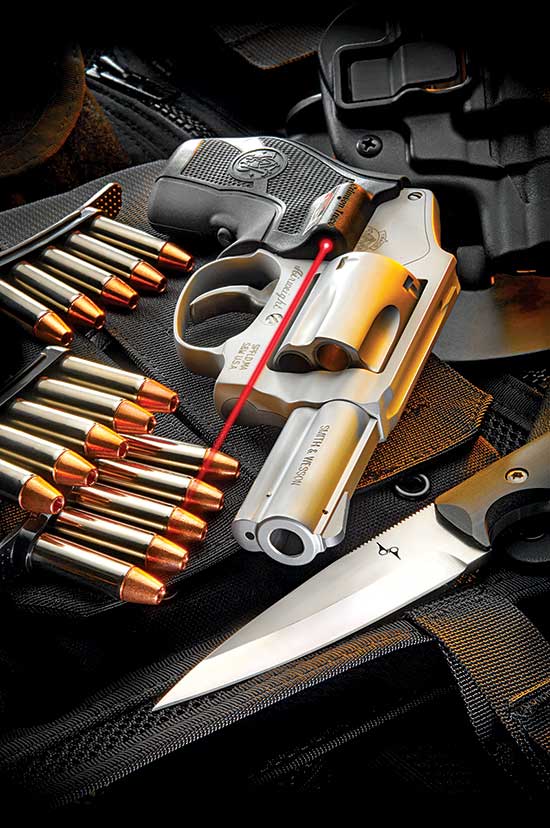
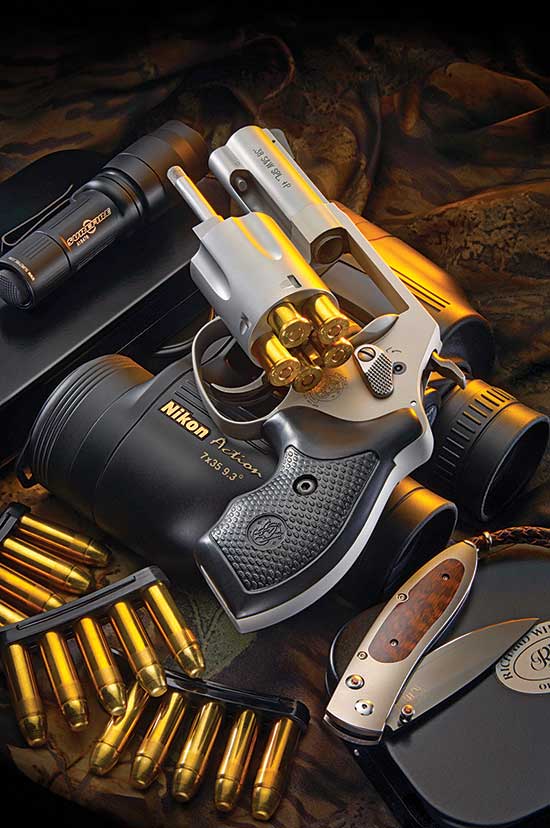
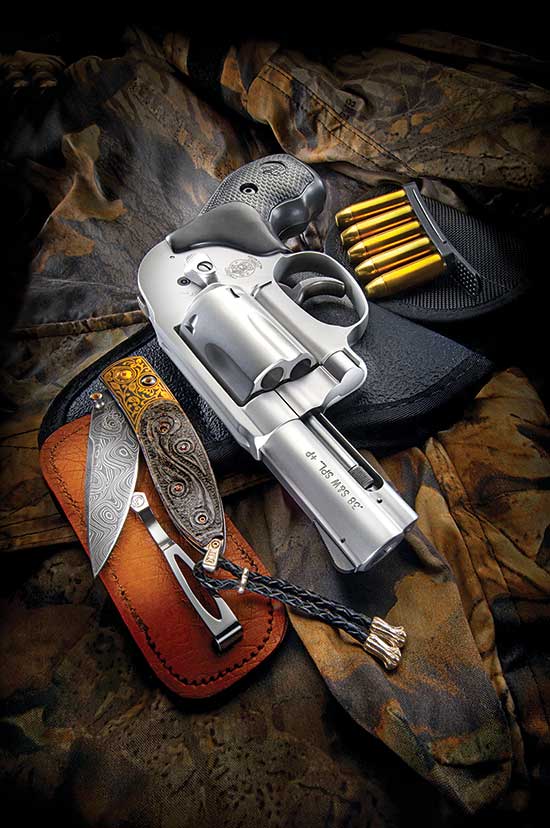
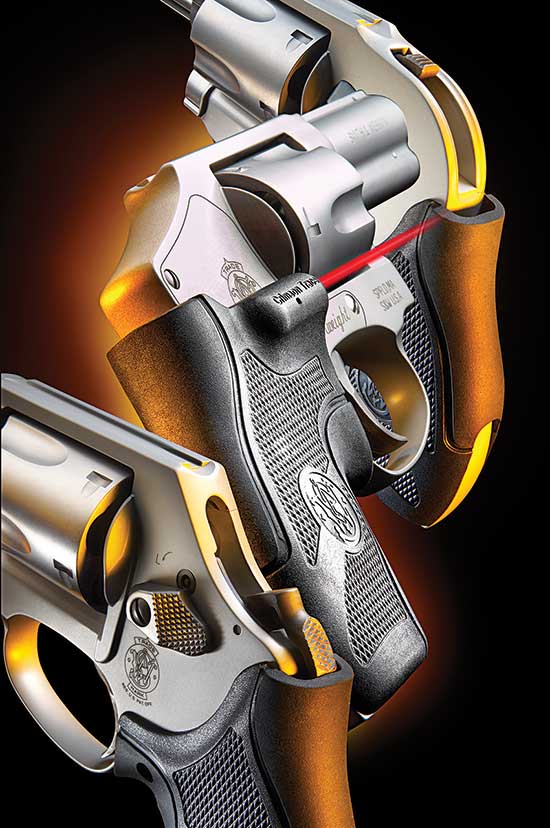
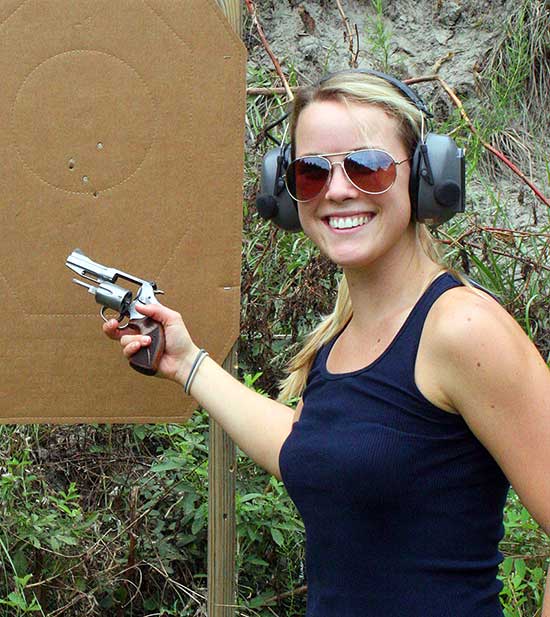

.jpg)








